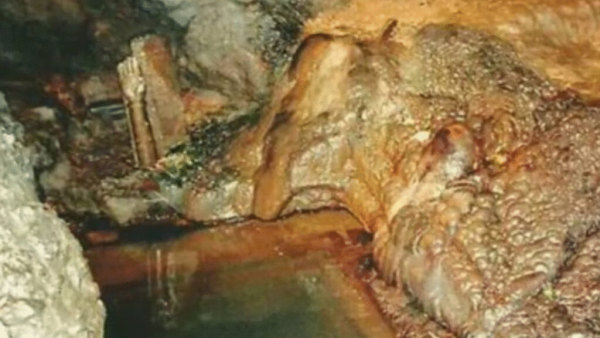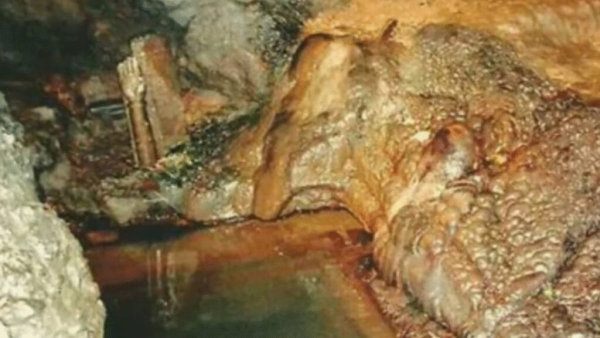

The underworld is a very mysterious and magnificent concept described in Hindu mythology. It is mentioned especially in the Bhagavata Purana, Mahabharata, Ramayana and various Puranas. The underworld is considered a separate and wonderful world below the earth. According to Hinduism, the underworld is divided into seven levels – Atal, Vital, Sutal, Rasatal, Talatal, Mahatal and Patal (Nagalok). Each of these underworlds is inhabited by Rakshasas, Daanavas, Nagadevatas and other powerful beings. The Naga king Vasuki and Sheshnag are prominently mentioned in this.
According to the Puranas, the underworld is not only shrouded in darkness, but is also adorned with magnificent golden palaces, precious gems, and beautiful structures. Lord Vishnu had given a place to the demon king Bali in Sutal Loka, where he himself had promised to remain as the Darpal. The characteristics of the underworld are its grandeur, its beauty in darkness, the presence of demons, and the many divine events that take place there, as mentioned in the Puranas. This concept has retained its place in many stories, languages, and contexts even today.
Even today, the phrase “as if going to hell” is used to describe a deep, unknown, or complex situation. In some modern beliefs, hell is considered a symbol of the underground world or underworld. The concept of hell is not only darkness and fear, but also a specific lifestyle, social structure, and the relationship between gods and demons are clearly visible in it. The culture of demons and serpents among these people, their traditions, political system, and relationship with the gods are also a subject of study. The realm of the underworld, which is especially inhabited by serpent gods, is also mentioned as a center for their temples, magic, and weaponry.
Some scholars and researchers believe that the concept of Patal is not only spiritual, but can also be analyzed astronomically, geologically, and technically. In particular, the concept of the earth resting on the neck of Sheshnaga is connected to the principle of “stability and balance”. Apart from this, many legends have been composed about the time in Patal, its different time scale, and the supernatural powers present there. Patal is the seat of unlimited powers and mysterious events, and it is a place where gods, demons, sages, and epoch-making events have left their traces. Therefore, the idea of Patal is still considered an invaluable part of the mystery and spirituality of Indian culture.